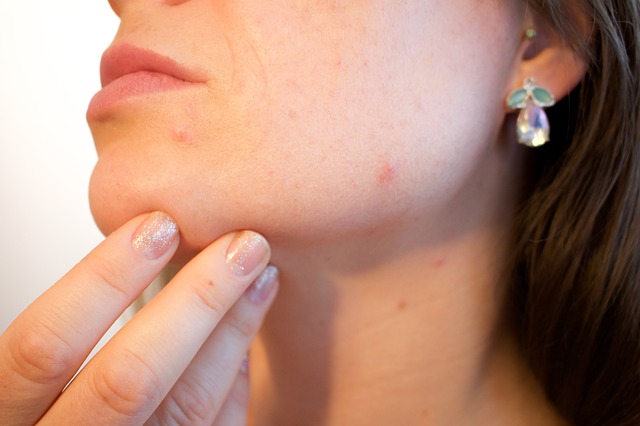Superficial vs Deep Folliculitis: What Every Beautician Should Know
As a beautician, understanding the intricacies of skin conditions like folliculitis is essential. Whether you're helping clients maintain a flawless complexion or advising on products, knowing the difference between superficial vs deep folliculitis can set you apart. This common yet misunderstood condition affects hair follicles and can significantly impact your clients' skin health and aesthetics.
Folliculitis is an inflammation of hair follicles, and while it might seem uncomplicated, differentiating between its two primary formssuperficial and deepis crucial for offering proper skincare advice and treatments.

What is Superficial Folliculitis?
Superficial folliculitis is the milder form of folliculitis, affecting only the upper part of the hair follicle. It often presents as small, white-headed pustules or bumps that appear on the skin. Typically itchy or tender, these pustules may result from numerous sources, including bacterial infection, mechanical irritation, or even cosmetic products.
Some common causes include allergic reactions, improper shaving techniques, or sweat and heat exposure. Understanding these causes helps in both prevention and treatment, ensuring clients can maintain smooth, blemish-free skin.
Identifying Deep Folliculitis
On the other hand, deep folliculitis involves the entire hair follicle and often penetrates deeper into the skin. It can be more painful and is typically marked by larger, more pronounced lumps. Conditions such as sycosis barbae, a deep folliculitis in the beard area, can cause significant discomfort and irritation for clients.
This type of folliculitis can stem from more severe infections, such as those caused by staphylococcus bacteria, and may require professional medical intervention for effective treatment. Differentiating it from superficial types is essential for recommending appropriate solutions and when to seek dermatological advice.
Common Symptoms and Signs
Both types of folliculitis share some common signs, yet subtle differences exist to help identify them:
- In superficial folliculitis, you'll often notice tiny, fluid-filled blisters that don't penetrate deeply into the skin.
- Deep folliculitis may exhibit larger boils or carbuncles that go deeper under the skin and require more extensive care.
The appearance and severity of these symptoms guide treatment approaches and can influence how you counsel clients on skincare strategies.
Treatment Options
For superficial cases, over-the-counter solutions may suffice. These include topical antiseptics, mild steroids, and antibacterial cleansers that target specific bacteria or irritants. Professional beauticians can recommend products tailored to reduce irritation and prevent recurrence.
Deep folliculitis, however, often necessitates more intensive treatments such as prescription antibiotics or, in severe cases, minor surgical interventions. Understanding these distinctions will help beauticians make well-informed recommendations that safeguard their clients' skin health.
For detailed insights into various types and causes, you might find it helpful to explore articles like this one on folliculitis types to supplement your knowledge.
Prevention Strategies
Advising clients on best practices for skincare can significantly reduce the occurrence of both types of folliculitis:
- Consistently emphasize the importance of proper hygiene and careful shaving techniques.
- Advocate for the use of non-comedogenic and hypoallergenic cosmetic products to reduce skin irritation and follicle blockage.
- Encourage clients to wear loose, breathable clothing in heat-prone areas to mitigate excessive sweating and friction.
By incorporating these practices, you can help your clients maintain healthy skin and prevent recurrent outbreaks.
Understanding the Role of Beauticians
As experts in beauty and skin health, beauticians play a significant role in educating clients about conditions like folliculitis. By distinguishing between superficial vs deep folliculitis, you can offer more personalized advice and potentially identify when a client should seek medical help.
Explore more on how these skin conditions can manifest in different ways by visiting Mayo Clinic's resource page.
Related Considerations
For more insights on related conditions, check out the detailed guide on folliculitis causes and symptoms to broaden your understanding and enhance client consultations.

FAQ
What are the primary differences between superficial and deep folliculitis?
Superficial folliculitis involves minor skin irritation and small pustules, while deep folliculitis penetrates further into the skin, causing larger, more painful lumps. Treatment complexity varies accordingly.
How can you prevent folliculitis in clients?
Promote good hygiene, stress the importance of using non-irritating skin products, and highlight proper hair removal techniques to prevent folliculitis.
When should medical advice be sought for folliculitis?
If symptoms persist beyond home treatment measures or worsen, especially in cases of deep folliculitis, its advisable to seek medical intervention.

